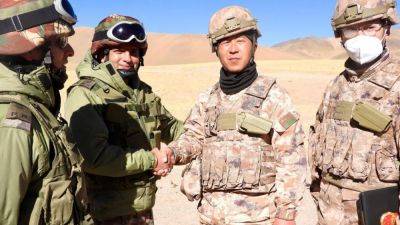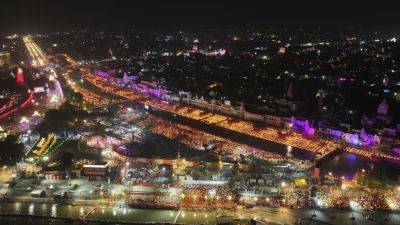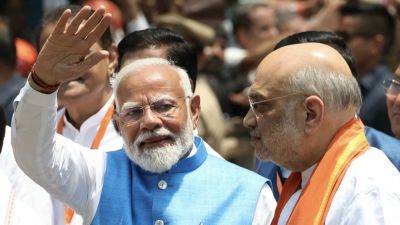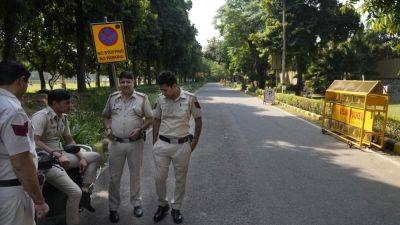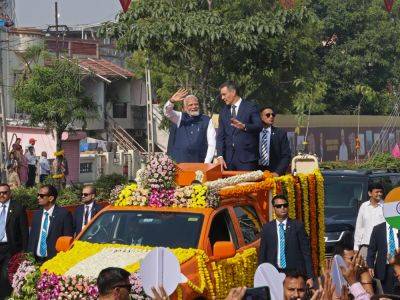India says frontier disengagement with China along their disputed border is ‘almost complete’
NEW DELHI (AP) — India and China have moved most of their frontline troops further from their disputed border in a remote region in the northern Himalayas, India’s defense minister said Thursday, some 10 days after the two countries reached a new pact on military patrols that aims to end a four-year standoff that’s strained relations.
Rajnath Singh said the “process of disengagement” of Indian and Chinese troops near the Line of Actual Control in Ladakh is “almost complete.”
The Line of Actual Control separates Chinese and Indian-held territories from Ladakh in the west to India’s eastern state of Arunachal Pradesh, which China claims in its entirety. India and China fought a deadly war over the border in 1962.
Ties between the two countries deteriorated in July 2020 after a military clash killed at least 20 Indian soldiers and four Chinese. That turned into a long-running standoff in the rugged mountainous area, as each side stationed tens of thousands of military personnel backed by artillery, tanks and fighter jets in close confrontation positions.
Earlier this month the two neighbors announced a border accord aimed at ending the standoff, followed by a meeting between India’s Prime Minister Narendra Modi and China’s President Xi Jinping on the sidelines of the recent BRICS summit in Russia, their first bilateral meeting in five years.
It’s not clear how far back the troops were moved, or whether the pact will lead to an overall reduction in the number of soldiers deployed along the border.
“Our efforts will be to take the matter beyond disengagement; but for that, we will have to wait a little longer,” Singh said.
Chinese Defense Ministry spokesperson Zhang Xiaogang said Thursday that the frontline troops were “making


